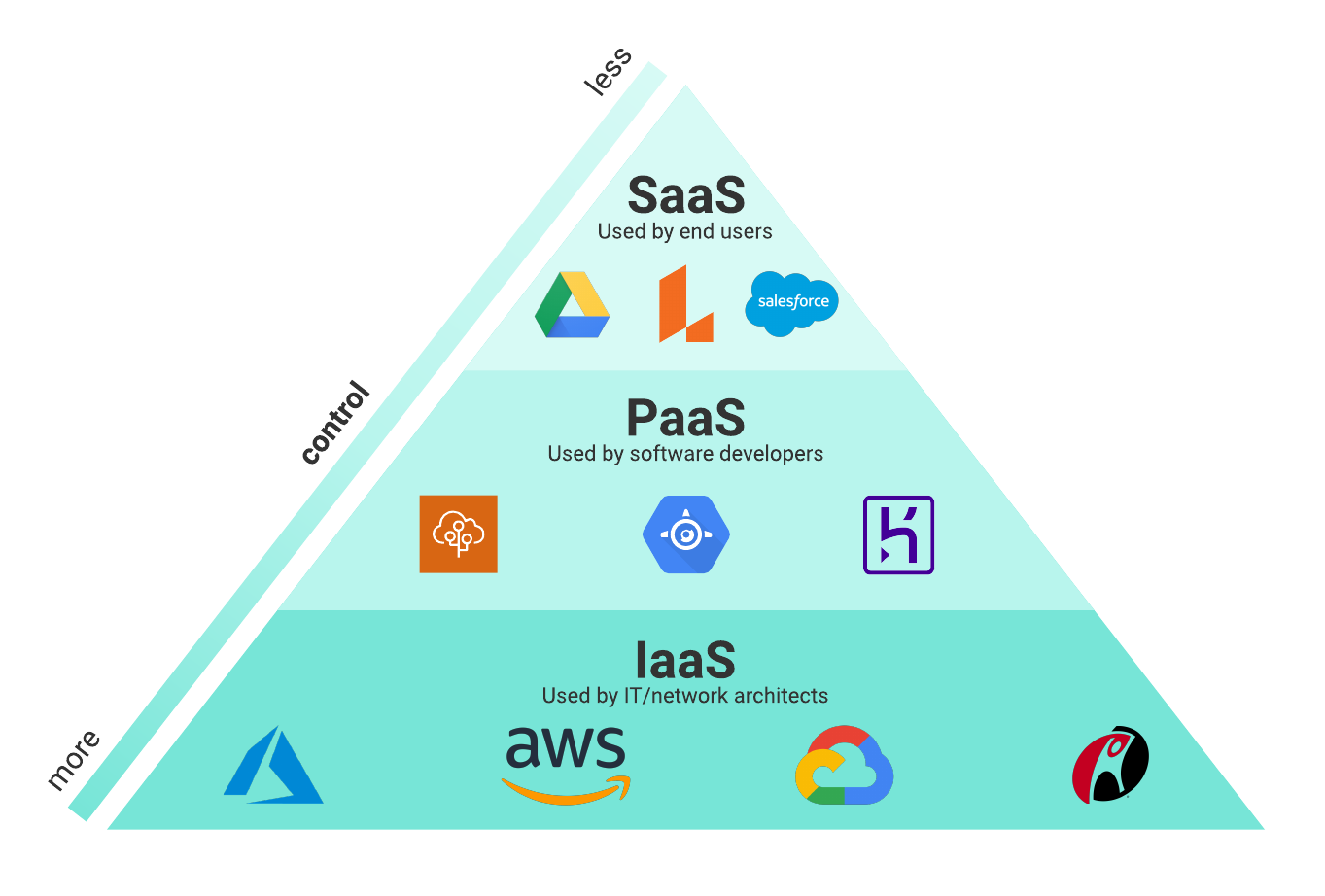Simplify Your Facilities With Cloud Provider
As companies navigate the ever-evolving landscape of modern technology and information administration, the duty of cloud services in simplifying facilities has actually become progressively popular. The allure of streamlined procedures, improved efficiency, and enhanced source allocation through cloud services is undeniable. The journey towards a more cost-effective and nimble IT infrastructure includes even more than just migrating to the cloud. It calls for a tactical strategy and a deep understanding of the nuances of cloud fostering. Exactly how can services properly browse this transition and truly unlock the potential of cloud solutions for simplifying their framework?
Advantages of Cloud Services
Cloud services supply a streamlined technique to handling IT infrastructure, supplying businesses with scalability, adaptability, and cost-efficiency. One of the essential advantages of cloud solutions is the scalability they offer.
Additionally, cloud services eliminate the need for companies to invest in costly equipment and software application. This cost-efficiency is a substantial advantage, especially for tiny to medium-sized business seeking to reduce in advance expenses. By using cloud solutions, services can access premium IT resources without the large rate tag connected with traditional framework setups.
Furthermore, cloud solutions provide companies with the versatility to access their data and applications from anywhere with a web link. This degree of accessibility improves partnership amongst groups, makes it possible for remote job, and increases total performance. The versatility supplied by cloud solutions encourages organizations to adapt swiftly to transforming market conditions and customer needs.
Expense Cost Savings and Scalability
In addition to the operational advantages highlighted earlier, the combination of cloud services right into a company's facilities comes up with significant price financial savings and enhanced scalability. Cloud services provide a pay-as-you-go design, enabling companies to range sources up or down based upon existing needs, therefore avoiding the costs linked with preserving excess capability. This versatility makes it possible for companies to adjust rapidly to fluctuating needs without sustaining unneeded costs.
In addition, cloud solutions remove the demand for in advance investments in software and hardware, decreasing capital investment. Operating expenses are likewise decreased as firms no more require to manage and keep physical servers, bring about reduced energy intake and IT staffing expenses. Additionally, cloud solutions supply automatic updates and maintenance, guaranteeing that the facilities continues to be secure and up-to-date without calling for hands-on treatments.
Boosted Safety And Security Measures
Applying strict protection procedures is extremely important when integrating cloud solutions into a company's facilities to protect delicate information and ensure compliance with market policies. Cloud solution carriers use improved protection attributes such as data encryption, firewall defense, and multi-factor verification to alleviate cybersecurity risks.
Furthermore, normal safety audits and compliance analyses aid determine vulnerabilities and ensure adherence to sector requirements. Business can also take advantage of functions like automatic safety updates and real-time danger surveillance provided by cloud service carriers. By focusing on protection measures and remaining proactive in dealing with possible threats, services can confidently utilize cloud solutions while shielding their beneficial information from unauthorized gain access to or violations.
Transitioning to Cloud Infrastructure
To successfully integrate cloud services right into a firm's facilities, a structured approach that addresses the shift in the direction of cloud-based remedies is critical. Transitioning to shadow infrastructure includes mindful preparation and execution to make sure a smooth movement procedure. The initial step is to examine the current facilities and establish which applications and systems appropriate for migration to the cloud. This examination should think about variables such as data sensitivity, conformity requirements, and performance needs.
As soon as the assessment is complete, a movement approach must be created. This technique must lay out the timeline, sources, and duties for moving each element to the cloud. It is important to interact this strategy plainly to all stakeholders to guarantee placement and reduce disturbances throughout the shift.
Throughout the movement testing, process and surveillance are important to determine and attend to any issues without delay. article Normal checkpoints must be established to track progress and make essential changes. Furthermore, training for employees on using cloud services should be provided to make sure an effective change and optimize the benefits of the brand-new framework.
Best Practices for Cloud Fostering
Effective adoption of cloud services depends upon the critical alignment of business goals with technological capacities and organizational readiness. To ensure a smooth transition to the cloud, organizations need to start by carrying out a thorough analysis of their existing facilities and identifying which work are best matched for cloud movement. It is critical to include essential stakeholders from different departments in the decision-making process to obtain buy-in and resolve any kind of issues early on.
One more best method for cloud adoption is to focus on safety and security and conformity. Organizations must thoroughly examine the security measures provided by cloud company and ensure that their data is secured according to sector standards and regulatory demands. Implementing robust information security, access controls, and routine protection audits can help reduce threats associated with cloud adoption.

Verdict

As businesses browse the ever-evolving landscape of technology and information monitoring, the function of cloud services in streamlining facilities has become significantly prominent - Cloud Services. Exactly how can businesses successfully navigate this shift and really unlock the capacity of cloud solutions for streamlining their infrastructure?
Cloud solutions offer a structured method to handling IT infrastructure, providing organizations with cost-efficiency, scalability, and flexibility. By using cloud services, services can access high-grade IT sources without the substantial rate tag linked with traditional infrastructure setups.
To ensure a smooth transition to the cloud, organizations ought to begin by carrying out a thorough analysis of their present facilities and determining which workloads are best suited for cloud migration.